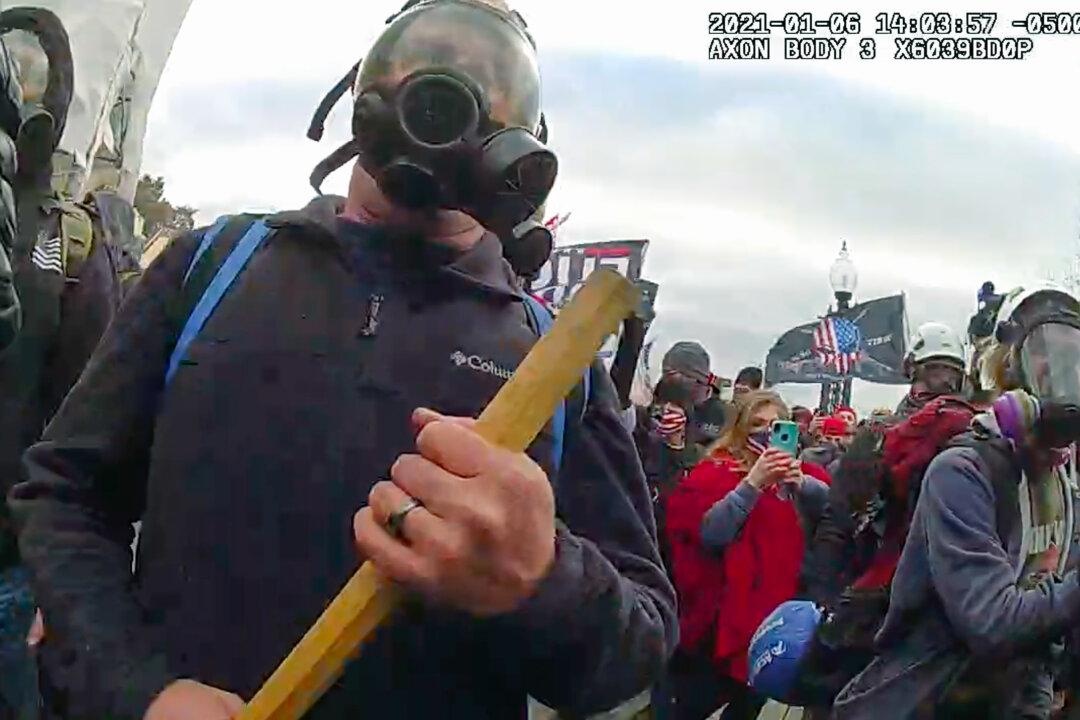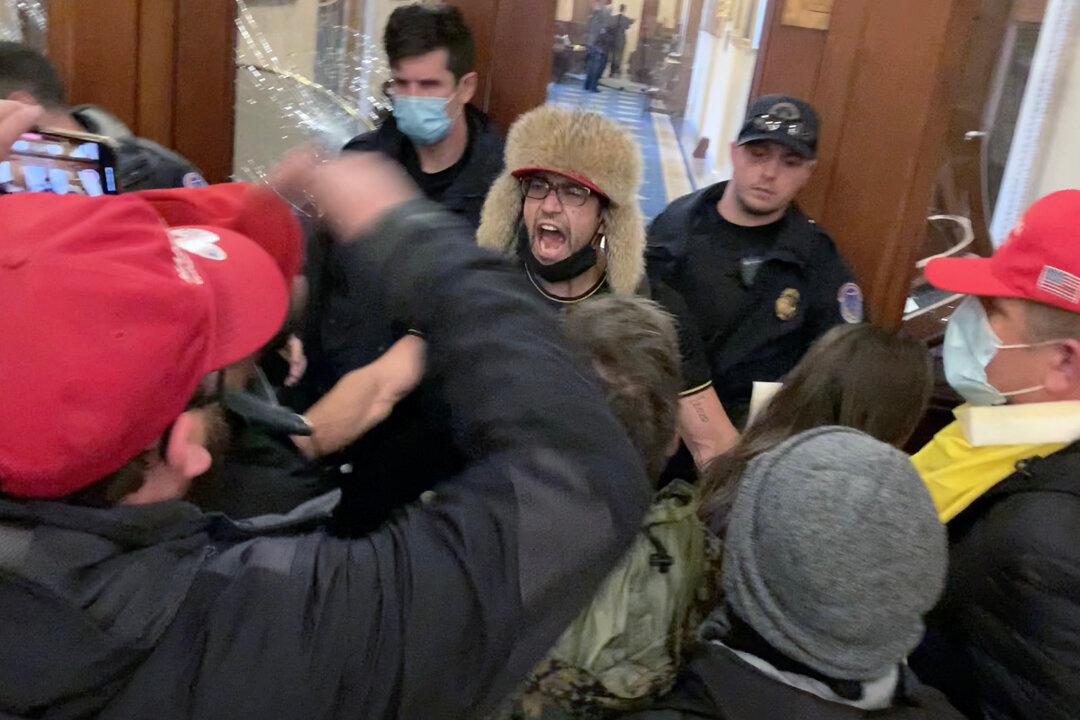Ronald Colton McAbee, the former Tennessee sheriff’s deputy who tried to rescue a dying Rosanne Boyland at the U.S. Capitol on Jan. 6, 2021, was sentenced on Feb. 29 to nearly six years in federal prison for his conviction on seven criminal counts.
U.S. District Judge Rudolph Contreras sentenced Mr. McAbee to 70 months in prison, less than half of the more than 12.5 years sought by prosecutors from the U.S. Department of Justice. He will receive credit for the nearly 31 months he has spent behind bars in pretrial detention.





